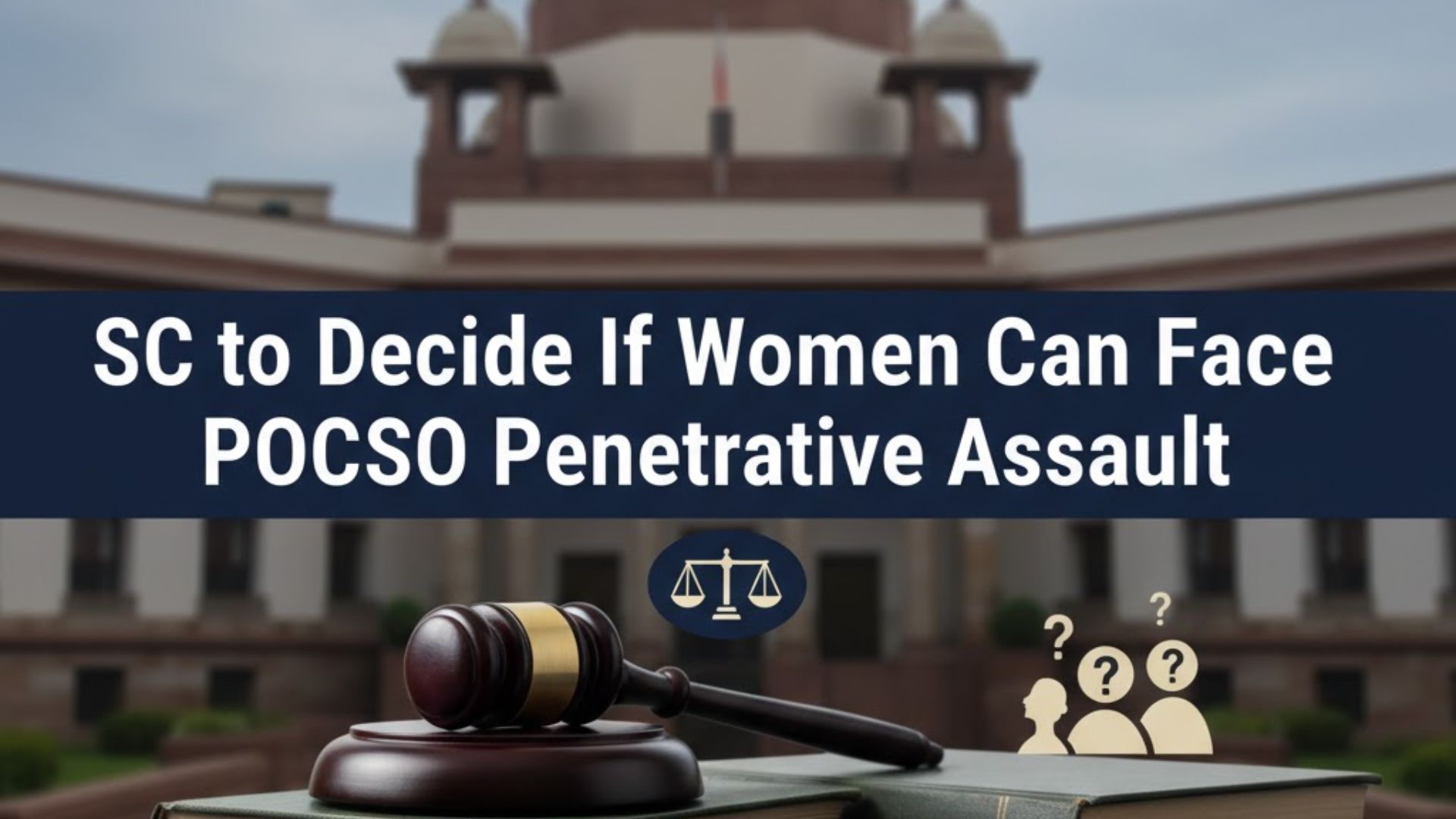B.J. Diwan, C.J.@mdashIn this reference u/s 57 of the Indian Stamp Act, the following question has been referred to us for our decision:
(i) Whether the letter dated 25-2-1973 written by Sri Mahmood Hassan Khan to Sri Ratanchand Heerachand is a ''Bond'' or
(ii) whether it is a mere hand-letter requiring no stamp duty, or
(iii) a Surety bond or a security bond.
The facts leading to this reference are as follows:
Ratanchand Heerachand, to whom the document under consideration was addressed, filed it as a piece of evidence in O.S. No. 14 of 1962 on the
file of the Court of the Chief Judge, City Civil Court, Hyderabad. The Chief Judge adjudicated the document as a ''bond'' and as the plaintiff did
not pay the duty and penalty required u/s 35 of the Stamp Act, he impounded the same and sent it to the Inspector-General of Stamps with his
letter dated June 21, 1966, for levying proper duty and penalty. The Assistant Inspector-General of Stamps, as Collector under the Act, after
giving notice to the claimant as well as to the executant of the document, levied stamp duty of Rs. 15,428.57 P. and imposed a penalty of Rs.
77,142.85 treating it as a ''bond''. Ratanchand Heerachand. who was claiming under the document preferred a revision petition before the Board
of Revenue for revising the orders of the Assistant Inspector-General of Stamps. The Board, after giving an opportunity to Mahmood Hassan
Khan, dismissed the revision petition holding that the document was a bond. Subsequently, Mahmood Hassan Khan filed a writ petition being
W.P. No. 1768 of 1969 in this Court and in those proceedings, he questioned the validity of some of the provisions of the Stamp Act. By its
judgment dated July 13, 1971, the High Court dismissed the writ petition. About two years thereafter Mahmood Hassan Khan approached the
Board of Revenue with a revision petition for quashing the order of the Assistant Inspector-General of Stamps in which the latter had adjudicated
the document as a ''bond''. The Board of Revenue took the view that, as the matter had already been decided by it earlier, Mahmood Hassan
Khan should be asked to state as to how the Board could entertain another petition to take a different view which would amount to a review and
for which there was no provision in the Act. Mahmood Hassan Khan contended that he was the executant of the document and that he had to pay
the duty and penalty and that he was affected by the orders of the Board. As the Board did not give him any opportunity, the earlier orders of the
Board were not valid in law. After examining the legal implications, the Board entertained the revision petition and ultimately came to the conclusion
that the document under consideration was a bond. At the time of the arguments, Mahmood Hassan Khan requested the Board to refer the matter
to the High Court, if it came to the conclusion that the document was a bond and not a mere hand-letter or curety bond as contended by him.
Thereafter the Board referred the question consisting of these three points for our determination.
2. The document, which is under consideration is dated February 25, 1953 and is addressed by Mahmood Hassan Khan to Ratanchand
Heerachand, It is in the following terms;
We, the undersigned have the pleasure to indemnify you from any losses in the money which you have advanced to Nawab Sajit Yar Jung Bahadur
in connection with their Salar Jung Bahadur property matter which is pending with Government of India. We also wholeheartedly give our approval
that we agree to pay you Rs. 12 lakhs from our own share of one anna in the rupee share which we will get from the Nawab Sajit Yar Jung and his
two sisters by legal document which we have made with them within two months of getting the possession of Sir Salar Jung property by the
claimants.
This solemn promise, we are giving you for your timely and valuable help of money and influences and also out of love and regard that we both and
Nawab Saheb have towards you and your family. We will not give any excuse for denying you the above amount or twelve lakhs from our own
share of one anna and in that case you will not get any extra amount from Nawab Saheb but you will reserve full right to recover the same amount
from Nawab Saheb if you so choose and on your getting the amount in any case no extra amount will be paid to you by us.
We are giving you this promise without any coercion, misunderstanding etc., etc., and will carry it out literally as a binding on us both and our
family.
3. The document purports to be signed by Mohammed Hussain Khan and Sarfaraz Hussain purports to have signed on this document as a witness.
4. On a reading of this document it is obvious that it cannot be considered to be a mere hand letter which would not attract any stamp duty. By this
document a promise is made to pay rupees twelve lakhs to Ratanchand Heerachand to whom the letter is addressed and this amount is to be paid
by Mahmood Hussain Khan ""from our own share of one anna in the rupee which we will get from the Nawab Sajit Yar Jung and his two sisters.
Under the terms of this document of February 25, 1953, it is clear that Ratanchand Heerachand was to get rupees twelve lakhs in all from
Mahmood Hussain Khan and others or in the alternative from Nawab Sajit Yar Jung Bahadur. In any event it is contemplated by the document
that Ratanchand Heerachand was not to get more than rupees twelve lakhs. The terms of the document make it clear that the executant of the
document was undertaking an obligation to pay rupees twelve lakhs to Ratanchand Heerachand. But he was also making it clear that, if the amount
of rupees twelve lakhs was received by Ratanchand Heerachand from Nawab Sajit Yar Jung, then it was not to be recovered from Mahmood
Hussain Khan, the executant of the document. The last paragraph of the letter makes it very clear that Mahmood Hussain Khan obliged himself to
pay rupees twelve lakhs to Ratanchand Heerachand.
5. Under clause (b) of sub-section (5) of Section 2 of the Indian Stamp Act. ''Bond'' includes any instrument attested by a witness and not payable
to order or bearer, whereby a person obliges himself to pay money to another.
6. Mr. Subba Rao appearing for Mahmood Hussain Khan has contended that the document is not attested by Sarfaraz Hussain and that forgery
has been committed at the instance of Ratanchand Heerachand by adding the word ''witness'' above the signature of Sarfaraz Hussain. We are not
concerned with finding out whether Sarfaraz Hussain did or did not sign this document as a witness. All that we have to consider in this reference is
whether, on the face of the document, as it stands, the signature of the executant of the document purports to have been attested by a witness viz.,
Sarfaraz Hussain and for the purpose of this judgment since the document on the face of it purports to have been attested by a witness we must
proceed on the footing that this document has been attested by a witness.
7. Under this document, Mahmood Hussain Khan the executant of the document, undertook an obligation to pay rupees twelve lakhs to
Ratanchand Heerachand. He made it clear that it was open to Ratanchand Heerachand to recover the amount of rupees twelve lakhs either from
Mahmood Hussain Khan or from Nawab Sajit Yar Jung Bahadur. He made it clear that, if he recovered the amount from Nawab Sajit Yar Jung
Bahadur, he was not to recover the amount from Mahmood Hussain Khan. But the document does not go to show that the executant, Mahmood
Hussain Khan was trying to indemnify or to stand as a surety for the payment of this amount by Nawab Sajit Yar Jung Bahadur. The third
paragraph of the document, which is set out herein above, clearly goes to show that Mahmood Hussain Khan was not trying to indemnify
Ratanchand Heerachand in respect of the amount of rupees twelve lakhs. If the idea was to stand as a surety, then the words would have been ""in
case Nawab Sajit Yar Jung Bahadur does not pay the amount of Rs. 12 lakhs, we will pay the same."" If it had been a surety bond or a security
bond, it would have clearly indicated, on the face of it, that it was only in the event of Nawab Sajit Yar Jung Bahadur failing to pay the amount of
rupees twelve lakhs to Ratanchand Heerachand that the liability of Mahmood Hussain Khan would arise. But there are no words to that effect.
Therefore, this document cannot be said to be a surety bond or a security bond.
8. On the plain terms of this document, the only conclusion that we can come to is that, by this document, Mahmood Hussain Khan obliged himself
to pay the amount of rupees twelve lakhs to Ratanchand Heerachand and the document, as it stands, purports to have been attested by Sarfaraz
Hussain. Therefore all the requirements of Section 2(5)(b) are satisfied in the instant case.
9. Mr. Subbarao the learned Advocate for Mahmood Hussain Khan contended that this document was written by a layman and has not been
drafted by an Advocate and hence the court should read this document in the light of this special fact. We are not concerned with any meanings to
be attributed to any particular words in the language. If it were a question of interpreting this document as regards its legal effect as between the
two parties to the document this argument about the document being written by a layman would have some force. But in this reference under the
Stamp Act all that we have to consider is whether it is an instrument attested by a witness and whether it is not payable to order or bearer and
whether, by this document, the executant obliged himself to pay money to another. As we have pointed cut, all the requirements are satisfied in this
case and this document amounts to ''Bond'' within the meaning of Section 2(5)(b) of the Stamp Act.
10. Hence, we answer the question referred to us as follows: The letter dated February 25, 1953. written by Mahmood Hussain Khan to
Ratanchand Heerachand is a bond and it is neither a hand-letter requiring no stamp duty nor a surety bond nor a security bond Mahmood Hussain
Khan would pay the costs of the present proceedings to the other side. Advocate''s fee Rs. 250/-.

